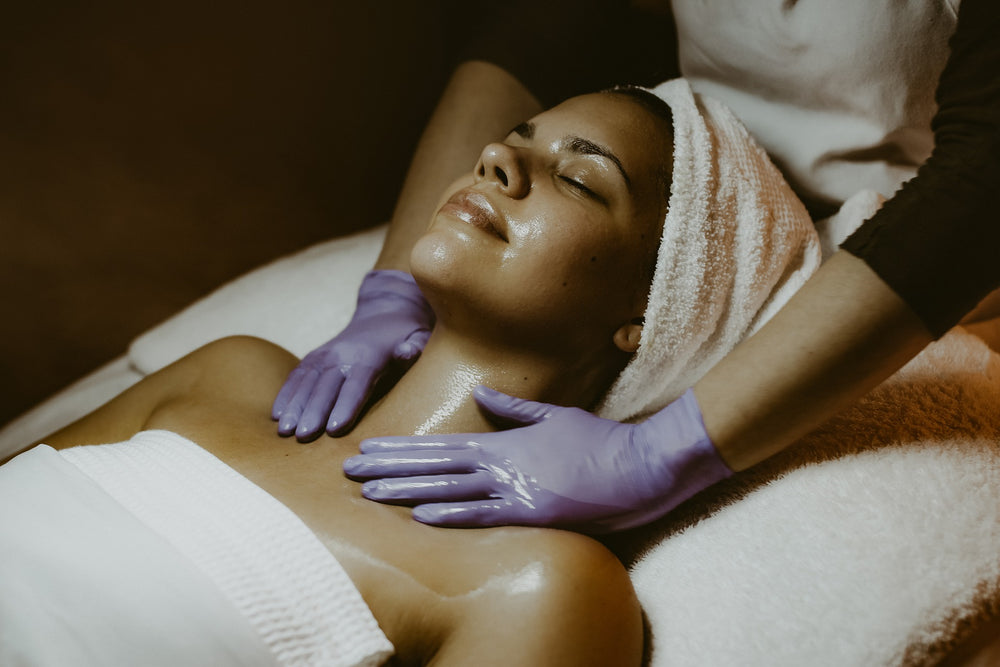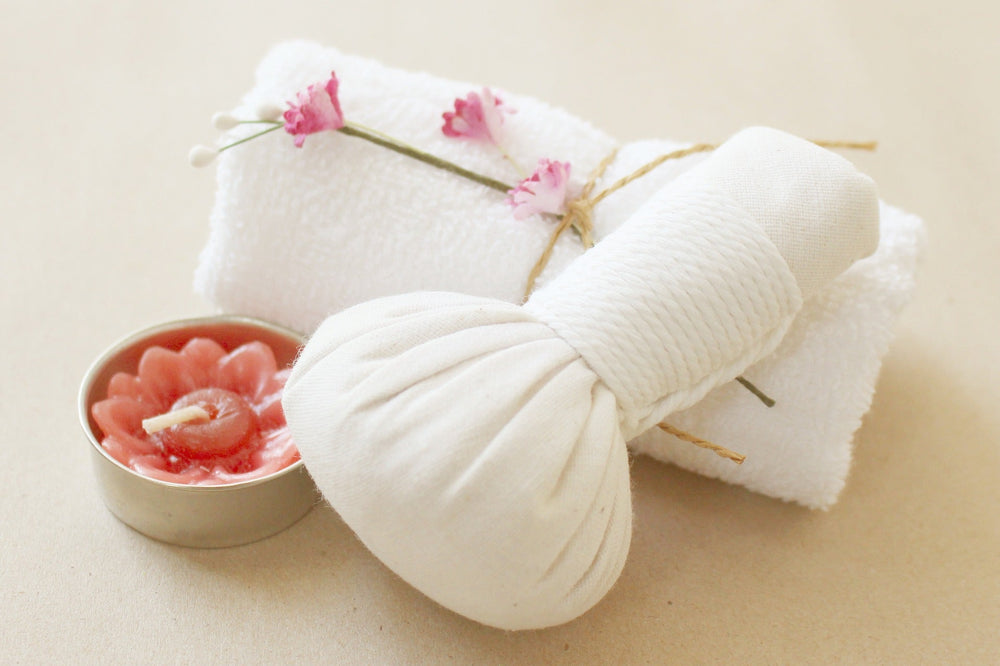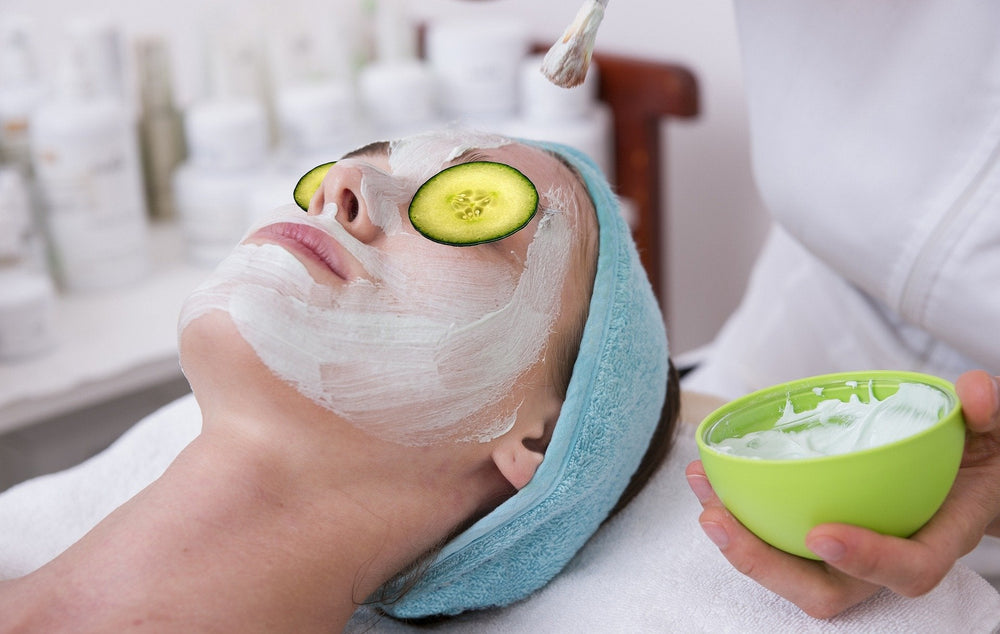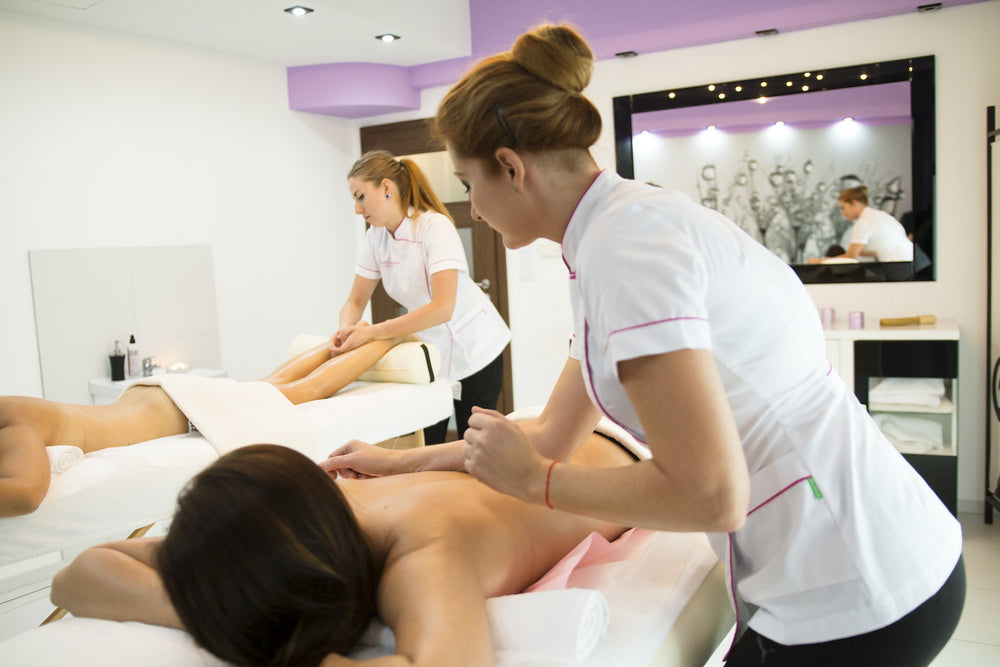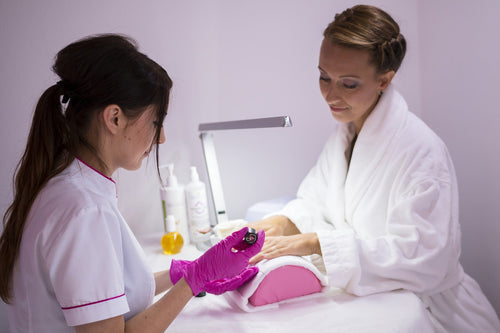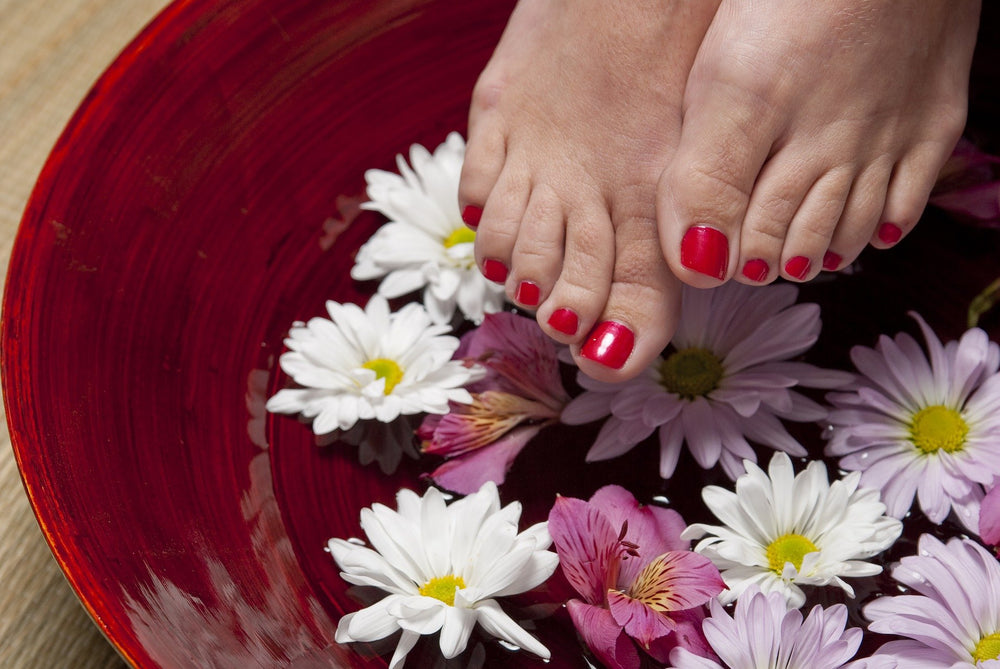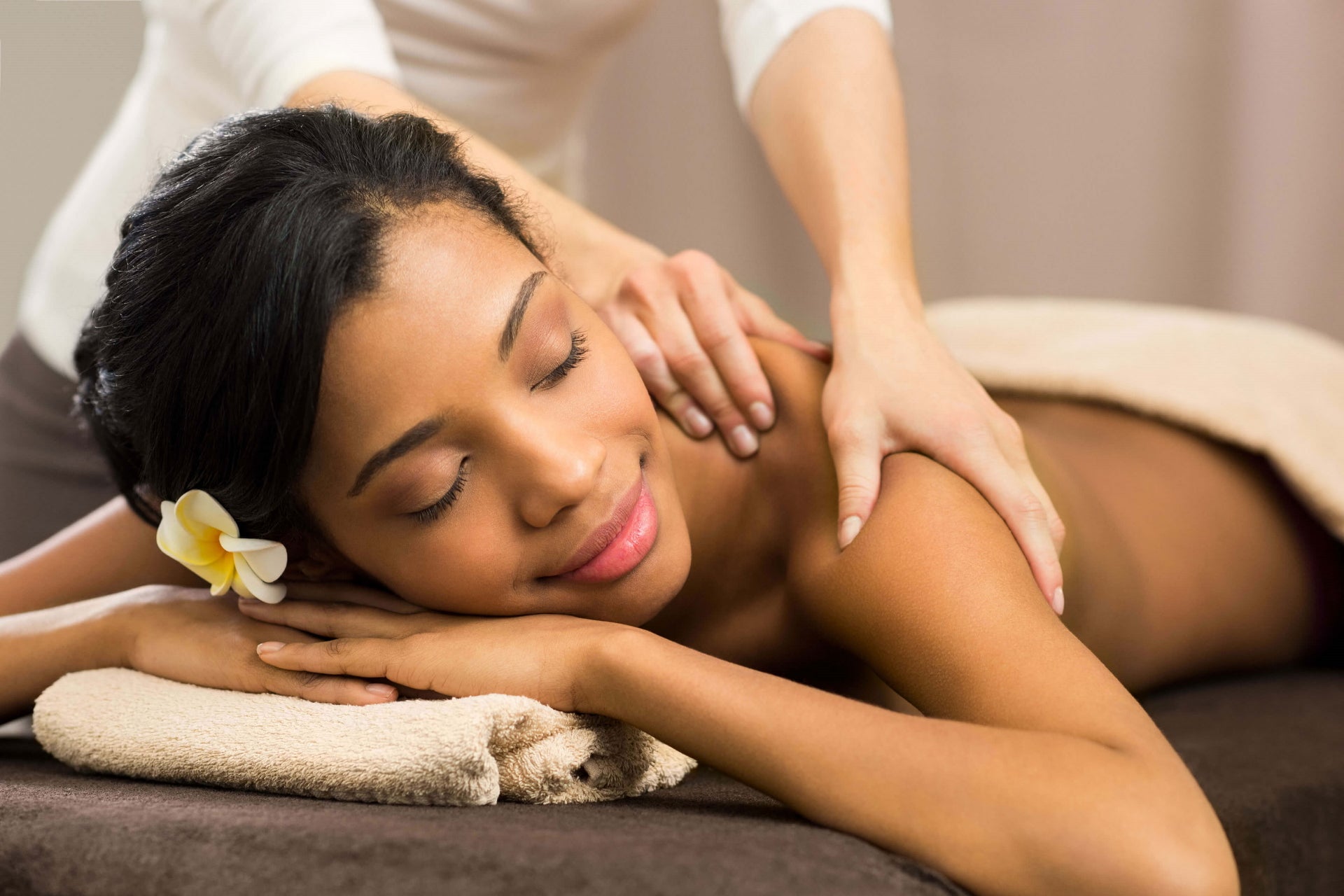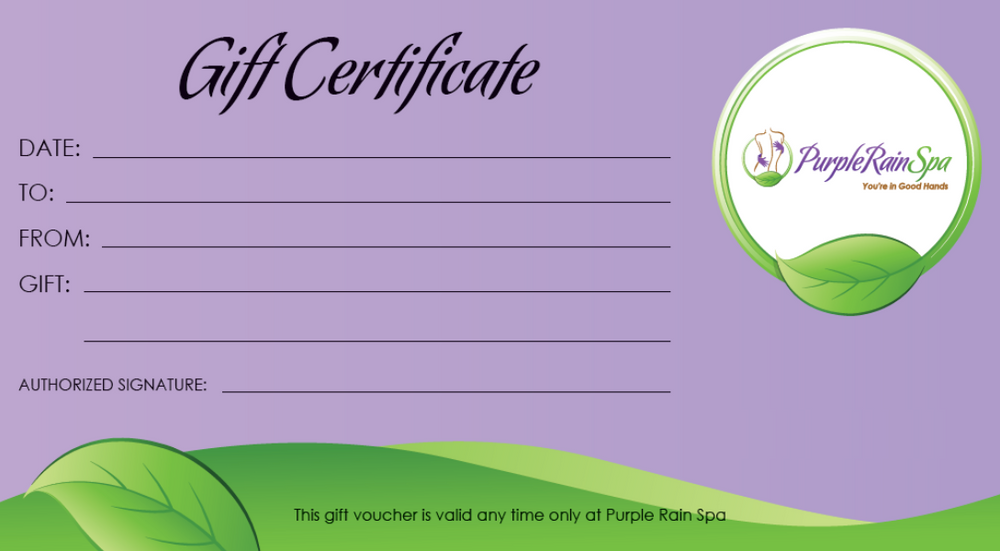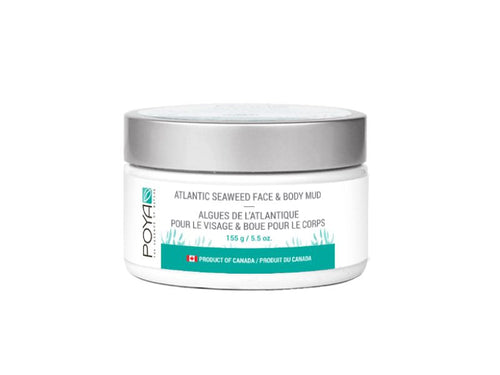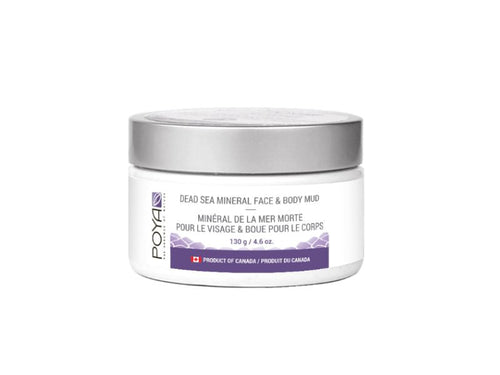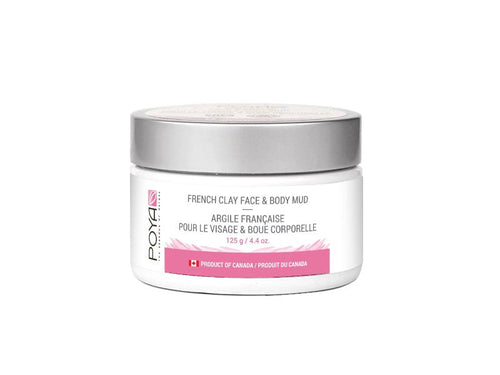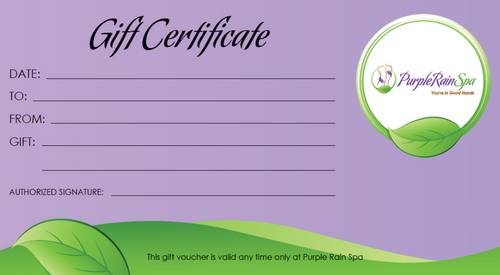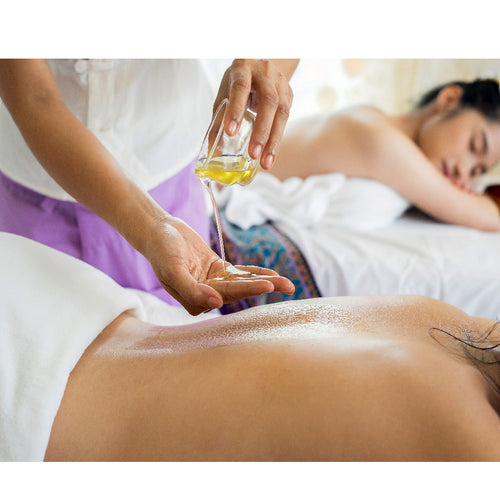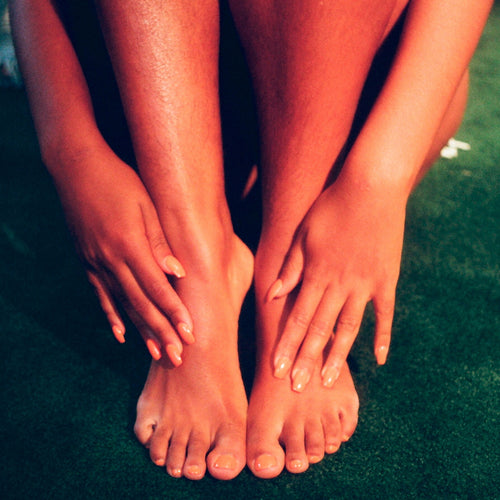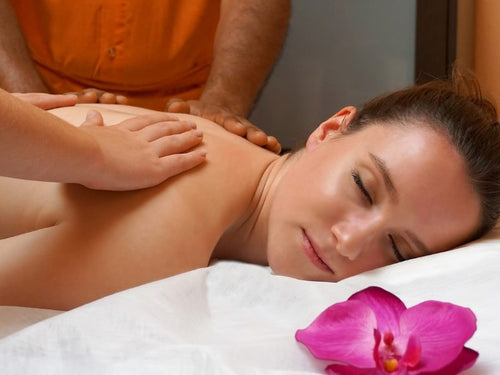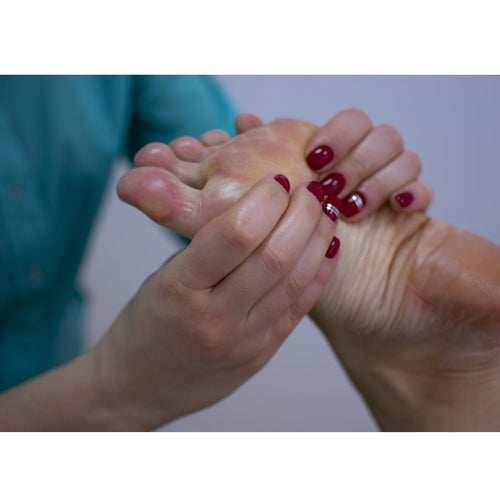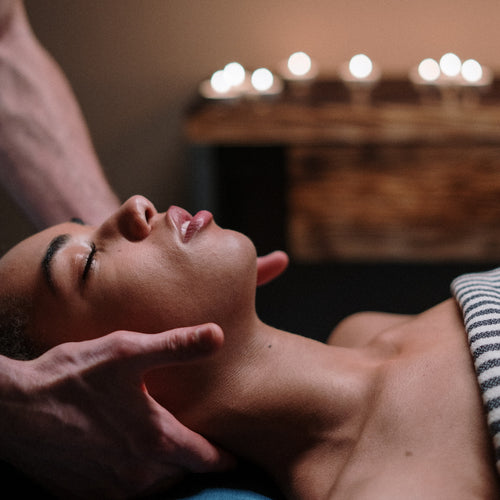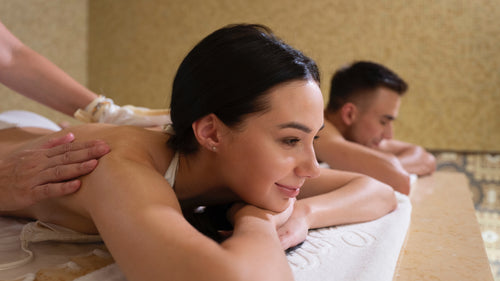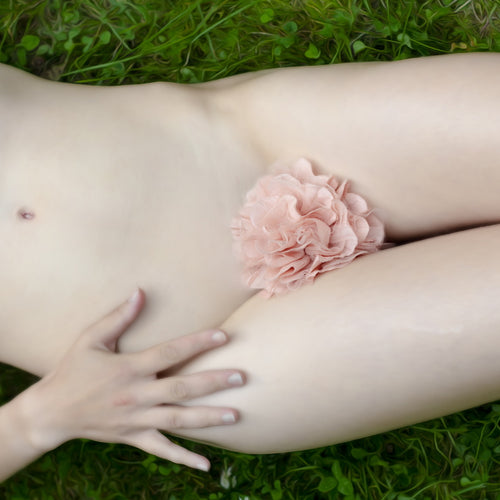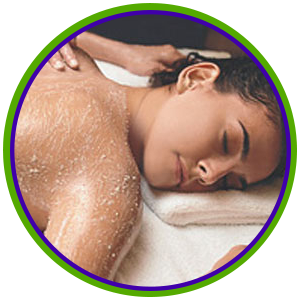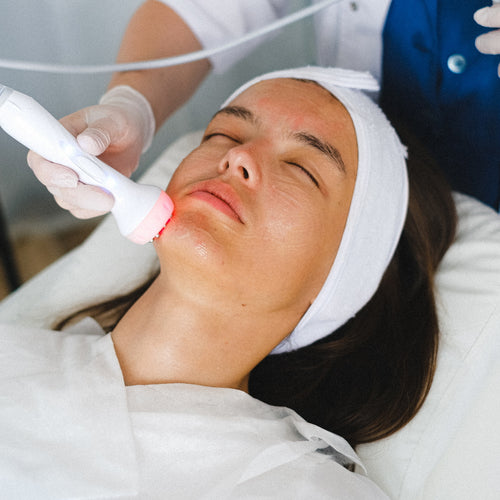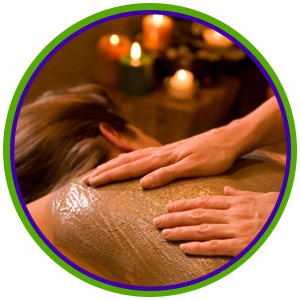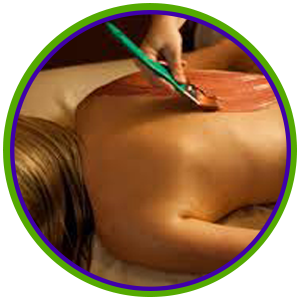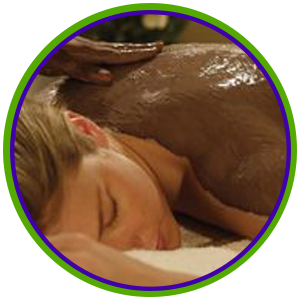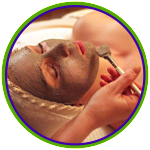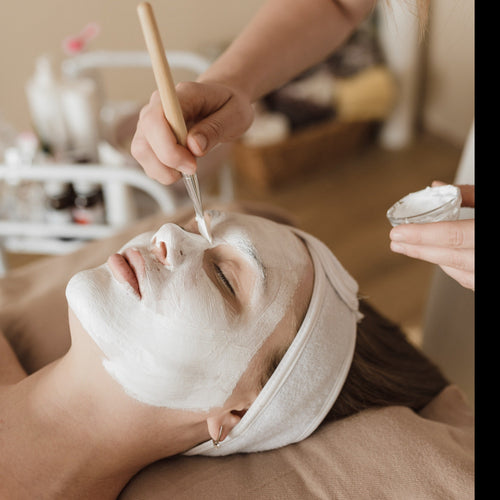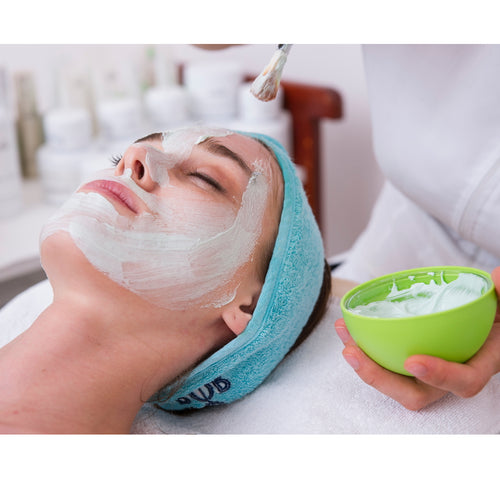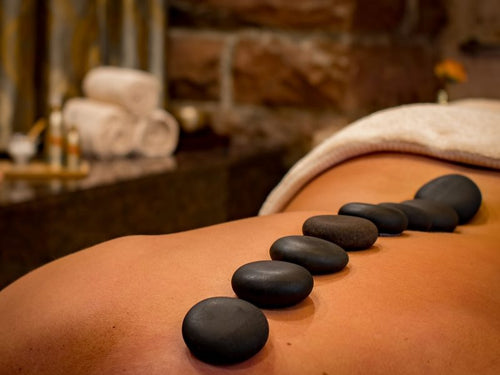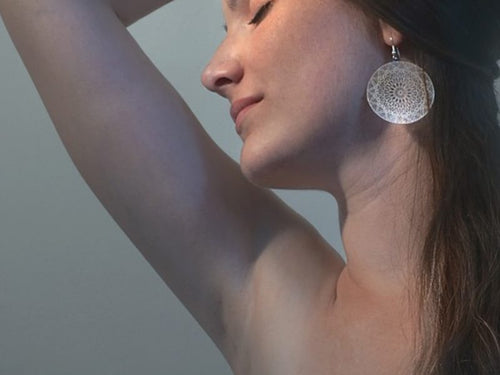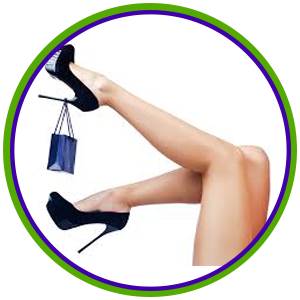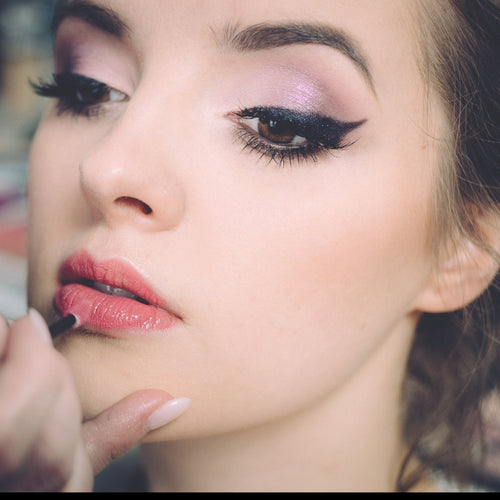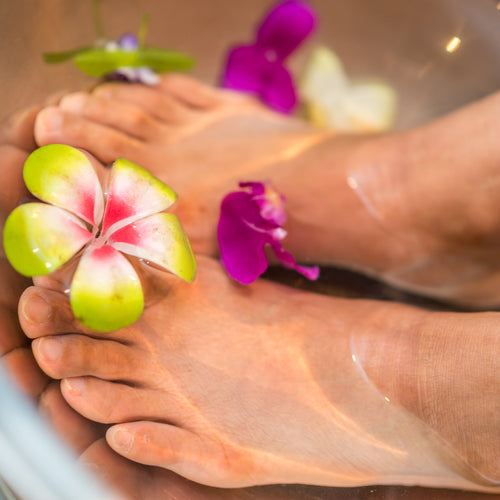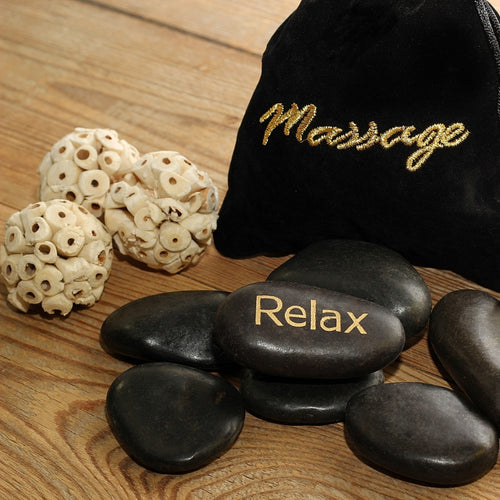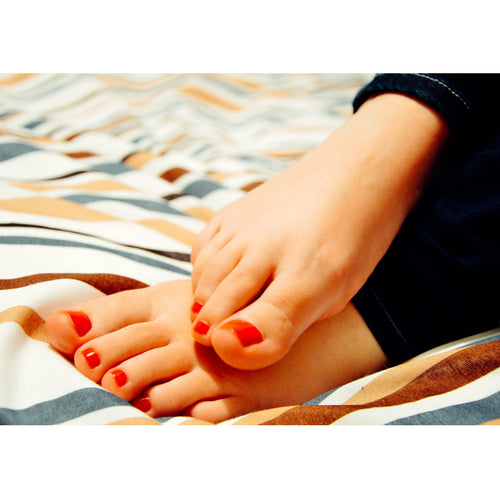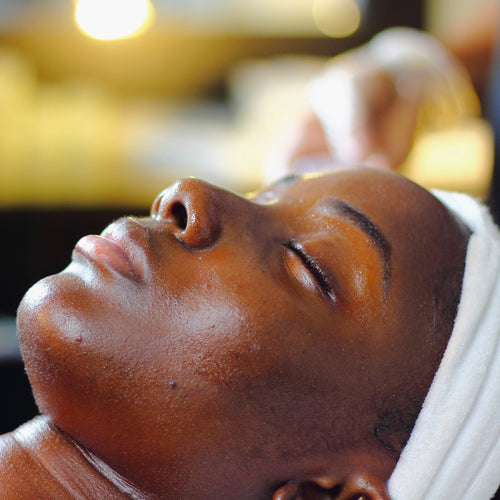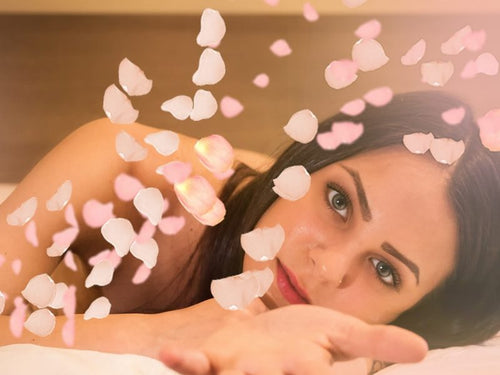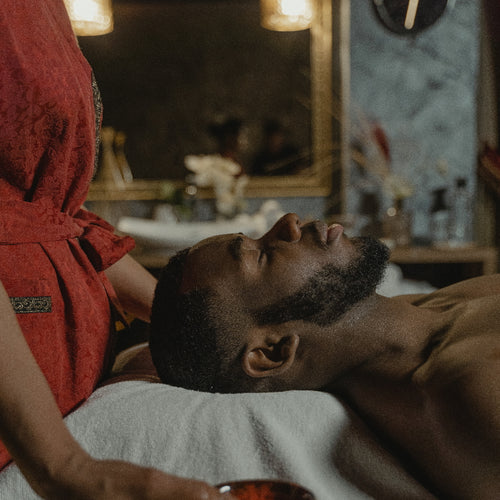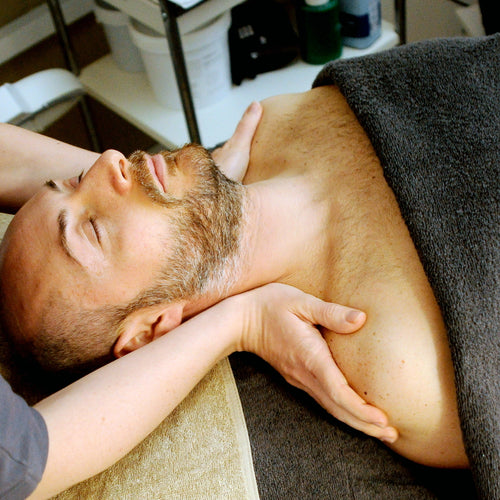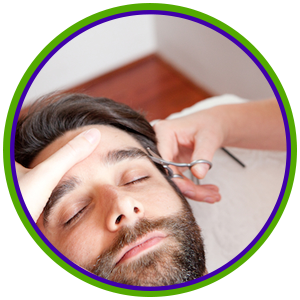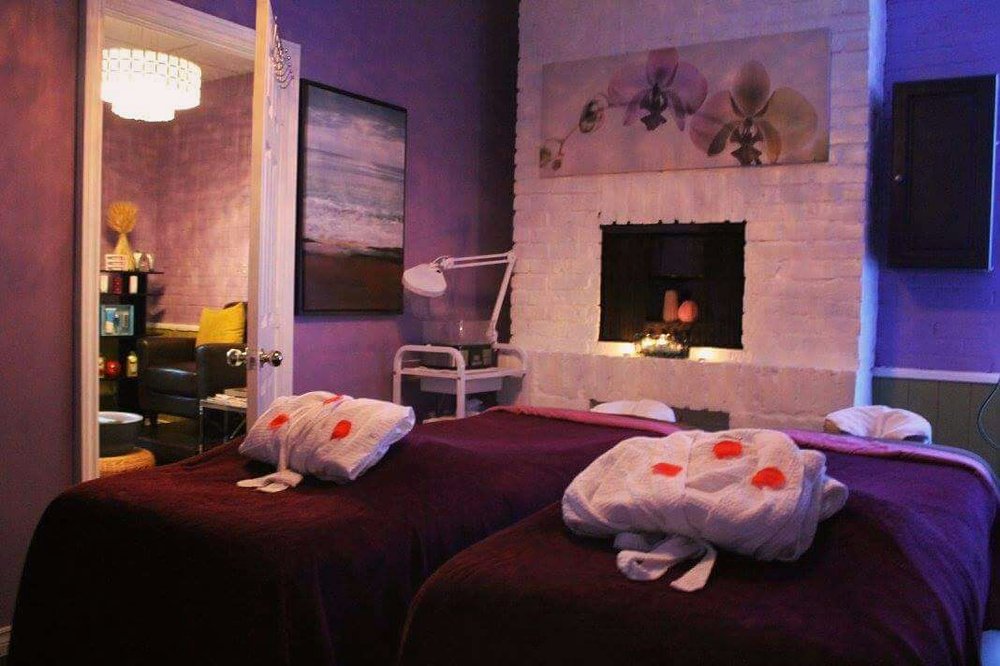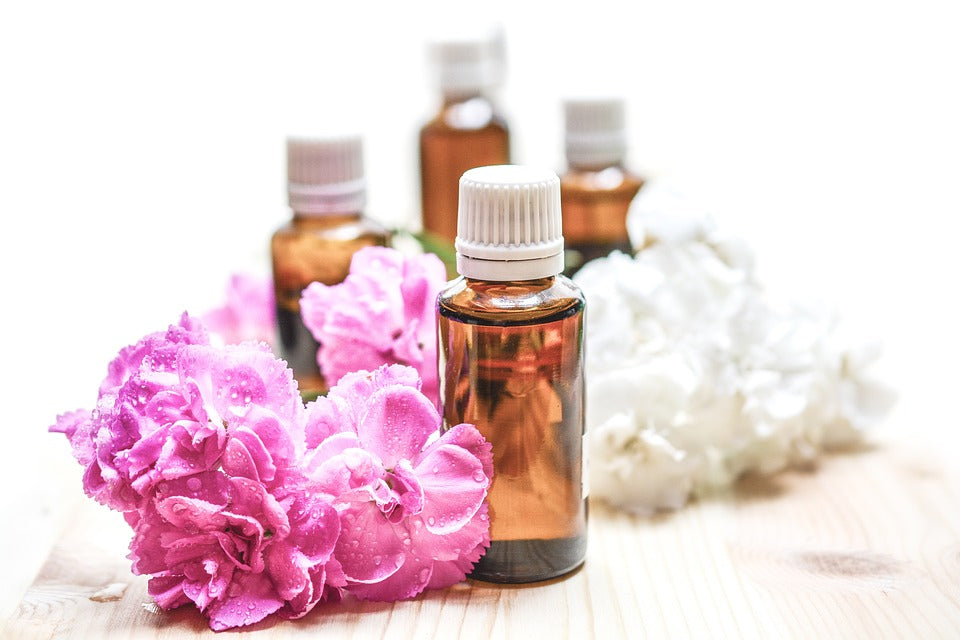
The reason they’re my favorites is that these oils offer a wide variety of health benefits. They don’t just smell good. They have the ability to make you feel really good, too.
You could actually just pick any one of these and start to incorporate it into your life in multiple ways.
That’s the amazing thing about essential oils: Each one is like getting eight medicines in one. So start wherever you want, but I guarantee that once you do, you’ll want more.
1. Lemon oil
Lemon oil is commonly used in the kinds of commercially available products you encounter every day. If you walk down the aisles of any grocery store, you’ll find everything from household cleaner to hand soap to flavored sparkling water with the essence of lemon. As is the case with many citrus oils, the scent closely mimics that of the fruit from which it’s derived: bright, light, zesty, and clean.
These days, of course, a lot of those flavors and smells are made artificially, but still, there’s a reason that lemon has become so universally identified with freshness and cleanliness: Its oil is a powerful antibacterial, astringent, and antiseptic agent.
There’s a reason that lemon has become so universally identified with freshness and cleanliness: Its oil is a powerful antibacterial, astringent, and antiseptic agent.
Diluted lemon oil can be wonderfully effective when it comes to skin care because of its high concentration of D-limonene, a compound that assists in diminishing the appearance of wrinkles, promoting circulation, and toning the skin. In fact, recent research showed that D-limonene has skin-repairing and anti-inflammatory properties.
The scent of lemon oil has also been shown to have a powerful effect on mood. One study’s findings suggest that lemon oil vapor has antidepressant qualities. Another compelling study found that the scent of lemon oil boosted participants’ moods, a finding confirmed through self-reported data as well as empirical data (elevated levels of the anti-stress hormone norepinephrine were measured in the blood of participants)
2. Cinnamon oil
If lemon oil is bright, cool, and invigorating, cinnamon oil is its opposite: sweet and spicy, musky and warm. For me, cinnamon conjures up a distinct mixture of sexy exoticness and cozy familiarity, which makes sense because it’s both a Far East import and a spice drawer mainstay.
Derived from both the bark and leaf of the Cinnamomum verum tree, it’s actually one of history’s oldest essential oils, with the Egyptians recording their extensive use of it in Ebers Papyrus, a medical text dating to approximately 1550 BC.
For me, cinnamon conjures up a distinct mixture of sexy exoticness and cozy familiarity.
At that time, cinnamon was a hot commodity. It was expensive and hard to get because Arab traders controlled most of the supply coming from Sri Lanka and India and—in a pretty savvy marketing tactic—they kept the true source of their supply a secret. Cinnamon oil was affordable only for the very wealthy—emperors, royals, and, later on, Europe’s elite. Fortunately for us, price and access to this super-useful oil are no obstacle today.
In aromatherapy, cinnamon essential oil can be used to help clear up chest colds. Applied topically, it can soothe muscle aches and pains, thanks to its antispasmodic and analgesic properties. It’s also an antiseptic and makes a powerful natural preservative. It is both antibacterial and antimicrobial, as well as being anti-inflammatory, and pain-relieving. Some studies have shown that cinnamon oil contains powerful antioxidants and could potentially be useful in fighting neurological disorders and heart disease.
3. Lemongrass oil
Google “lemongrass” and your search will most likely garner a bunch of hits for Thai restaurants in your local area (yum!). I’m all for a killer curry, but I’m even more into the plant’s essential oil.
Lemongrass is a fast-growing, tropical grass native to Sri Lanka and south India and is now cultivated in warm climates in Africa and Asia. The entire plant is utilized in everything from tea to cleaning products, and it has been used for years in Indian healing traditions to treat maladies like gastrointestinal issues and fever (it earned the nickname “fever grass”).
I like to use it for its cheerful, energetic scent alone, but there also happens to be plenty of evidence that it possesses powerful medicinal and pharmacological properties.
Lemongrass essential oil is derived from the steam distillation of the plant and, true to its name, it possesses a mild, sweet, lemony-yet-herbal aroma. I like to use it for its cheerful, energetic scent alone, but there also happens to be plenty of evidence that it possesses powerful medicinal and pharmacological properties, including the potential to slow the growth of cancerous cells and tumors.
Research also shows that lemongrass essential oil is antibacterial and anti-fungal, antimicrobial, anti-inflammatory, and can be a potent insect repellent. Its antifungal properties are especially helpful in combating the nasty yeast associated with dandruff. One study noted that participants who used a dandruff tonic with a 10 percent concentration of lemongrass oil saw a significant reduction in dandruff in as little as a week.
Personally, I love to add some lemongrass oil to my bath when I’m feeling sick.
4. Clary sage
Clary sage possesses myriad beneficial properties for the skin: It’s antibacterial, astringent, antiseptic, and can help improve circulation. I like the uniquely sweet herbal aroma of clary sage, which helps to cut through some of the more pungent ingredients used in natural skin care, too.
Clary sage has been lauded for its reputed ability to regulate hormones, and its scent is thought to have antidepressant effects.
Clary sage is a perennial plant that is native to the northern Mediterranean region and North Africa; its essential oil is derived via the steam distillation of the plant’s flowering tops and leaves. Although the ancient Egyptians used it in medicinal practices, it wasn’t until medieval times that clary sage really took off. During this time, doctors and herbalists used clary sage seeds to help treat vision problems; “clary” is derived from the Latin word for clear, “clarus.” And it was also used to flavor wine (and referred to as “muscatel sage” because of its similarity to German muscat wine). Someone, somewhere, got clever—maybe.
5. Lavender oil
Okay, okay. I know you’ve heard about lavender oil so many times in your life (and in this book) that you’re rolling your eyes at me. Why did the Taylor Swift of the oil kingdom make it onto my top 10 list? Because the honest truth is that it’s impossible to deny how amazing lavender oil is.
First of all, what we call lavender is actually Lavandula angustifolia, one type of lavender among 39 total species. Different species have different properties, but all types contain large proportions of linalool, linalyl acetate, eucalyptol, and camphor. That’s a lot of components to have in high quantities, and it’s the reason it’s such a powerhouse essential oil. Lavender is: sedative, antispasmodic, anti-anxiety, anti-inflammatory, antimicrobial, antioxidant, antibacterial, anesthetic, immune-boosting, and antiviral.
It’s super safe, but it does have a high content of linalool, which can be sensitizing for some people. As with all essential oils, and ingredients in general, be sure to try a small amount on your skin, diluted at about six drops in one tablespoon of carrier oil, and watch for a reaction.
If your skin loves lavender, you can use up to a 50-50 mix of half lavender oil, half carrier oil in your DIY products. I use lavender in a million different ways, all day, every day.
6. Tea tree oil
Tea tree oil (also called melaleuca oil) is definitely enjoying a moment in the natural-beauty-world sun right now, and deservedly so. It’s pretty awesome stuff.
The only place that tea trees grow naturally is in Australia, but they grow super abundantly there. Traditionally, native Australian cultures used tea tree leaves to treat coughs and colds, heal wounds, and alleviate sore throats and skin ailments.
Tea tree oil is antiviral, anti-inflammatory, and exhibits anticancer activity. It kills oral bacteria for up to two weeks, can be used for gingivitis, heals mild to moderate dandruff, kills the influenza virus, and has been shown to slow the growth of tumors in mice. This Australian wonder also works like benzoyl peroxide to treat acne. It takes longer, but causes fewer side effects, while being less drying than the common drugstore ingredient.
I put tea tree oil in virtually all of my DIY products; I recommend diluting to a 5 percent concentration, which is about 14 drops per tablespoon of carrier oil. One of my favorite ways to use it is to add a couple of drops to my store-bought mouthwash.
7. Eucalyptus
Eucalyptus essential oil is definitely not for the weak. Even if you’ve never smelled it directly, you’ve probably smelled something that contains it—like Vicks VapoRub, maybe? The scent is similar to camphor (another ingredient in VapoRub, and also in Tiger Balm ointment) and slightly minty. It will clear your airways super quick and can take your breath away.
The scent is a little strong, but it really freshens up a room and makes the air feel clean.
Here’s what else it’s been shown to do: It works as a pesticide and has the ability to kill fungus, bacteria, insects, mites, and weeds—and it has been believed to kill the drug-resistant parasite that causes malaria. (It’s possible this is why eucalyptus trees were first planted in California in the 1850s. They were an invasive species from Australia but the government was worried about the spread of malaria. The trees helped!) It can also help boost your immune system and is anti-inflammatory.
I like to diffuse eucalyptus oil at home. The scent is a little strong, but it really freshens up a room and makes the air feel clean. It also makes a great pantry and closet moth and bug repellent.
8. Rosemary oil
The scent of this oil is a lot like the herb you put in your food. It’s commonly found in skin care, especially natural products, because it not only has topical benefits but also will extend the shelf life of a product exponentially.
Rosemary oil is a stimulant. When inhaled, the aroma of rosemary has been shown to increase heart rate, blood pressure, and respiratory rate and boost your immune system. It has also been shown to increase brain wave activity and aid the part of your nervous system that controls organ function. But while it stimulates many bodily systems, it also decreases levels of the stress hormone cortisol. And it does all of this while airborne, so you can simply diffuse it and gain these health benefits. If you like the scent of eucalyptus, you can combine it with rosemary to make your space smell like a forest.
9. Sweet orange oil
I was born and raised in south Florida. You know what they say about that, right? You can take the girl out of Florida but you can’t…okay, you get it. I love sweet orange essential oil. I think it is the best-smelling essential oil, period. It makes me happy and energized from one whiff, and in a weird way I believe that just smelling it can sometimes satisfy my sweets cravings (which are severe and constant because sweets are the best). So having orange oil around solves all of these problems for me in one inexpensive, convenient swoop.
In studies, it reduced anxiety when it was inhaled, and when applied topically, it slowed down participants’ pulse rates and breathing rates, while they also reported feeling more cheerful and vigorous.
It can be a little tricky to incorporate orange oil into your life because it doesn’t diffuse well, and, like lemon oil, it can make your skin photosensitive when applied topically, so I recommend using it in products you plan on rinsing off in the shower, and not going higher than 12 drops of essential oil per ounce of carrier oil. I find the smell of sweet orange oil to be so fragrant that you need only a very small amount when DIYing.
One important note: Make sure you purchase sweet orange oil and not bitter orange, since bitter orange oil is very photo-toxic.
10. Peppermint oil
You know what peppermint smells like. It’s already in your medicine cabinet, mixed into your toothpaste or mouthwash or shampoo. Or it might be in the chewing gum in your back pocket. But what you probably don’t know is why peppermint is in all of these products.
Peppermint oil is made up mostly of menthol and menthone. It is a stimulant, antispasmodic, antiviral, antimicrobial, antifungal, and antioxidant. It is an effective treatment for headaches: Participants in one study reported a significant reduction in the pain of their tension headaches within 15 minutes, and the pain continued to drop for the following hour. It helps soothe nausea, improves concentration and memory, and is an analgesic, which means it numbs and kills pain on the skin.
I think peppermint oil is best when it’s in a lip product. It’s incredibly invigorating, and having it literally right under your nose makes you feel refreshed all day.

